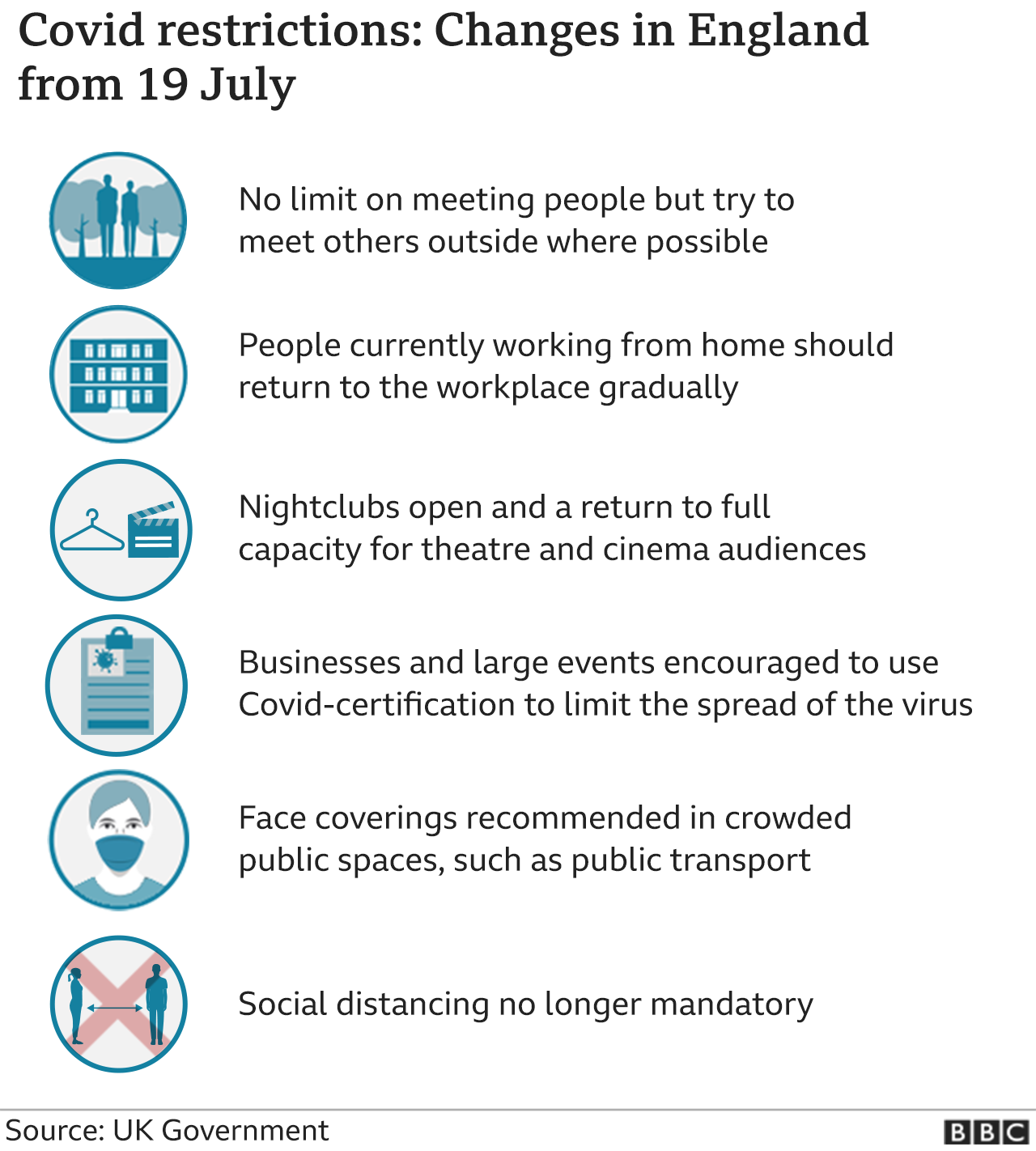How are channel companies approaching their environmental, social and corporate governance strategies?
We try to reduce our carbon footprint by preferring greener suppliers, promoting recycling, offering cycle-to-work schemes and using Teams. Apart from helping the planet, it saves money, and we have partners that need us to have green credentials. Social governance is a priority at Jola, as we provide competitive packages and an engaging culture for employees to thrive. Channel companies regularly support local and national causes running for charity, playing in football and boxing matches, hosting coffee mornings and supporting local food banks. It is a great way to engage employees, give back to the local community and encourage physical and mental well-being. Corporate governance around equal pay and diversity has been under the spotlight for the last few years in the channel and we display our diversity awards with pride.
How important are ESG strategies to purchasing decisions?
As you would expect unique solutions, reliability, security and pricing all factor into decision-making, however, the larger corporates are asking partners for ESG policies more and more.
What support is available from vendors in the channel?
Sharing best practices is a good place to start as well as making policies available via web pages and partner portals.










